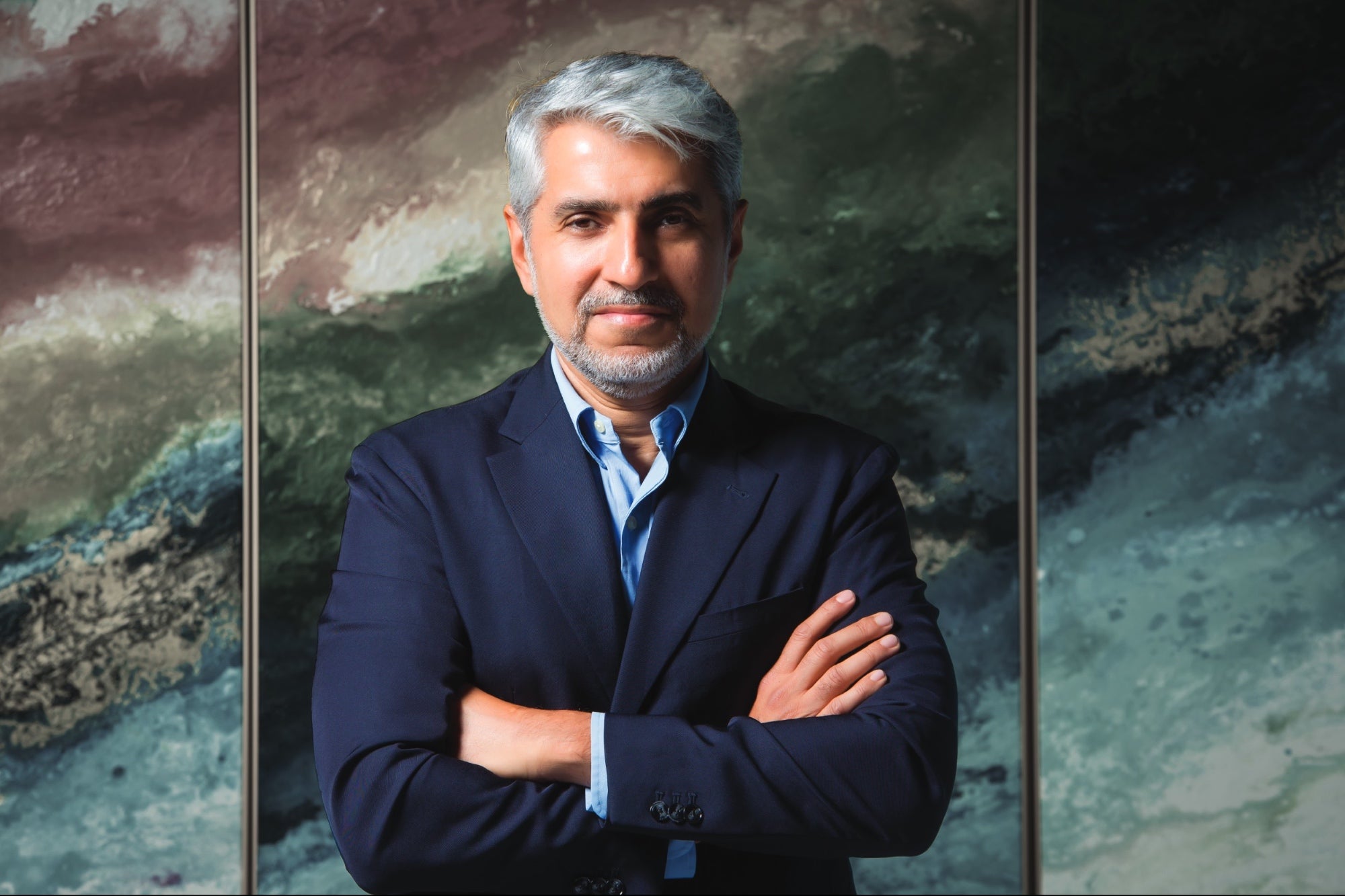Get Media Trained: Five Tips To Own Your Live Interview Failing to prepare, as the old saying goes, prepares you to fail.
Opinions expressed by Entrepreneur contributors are their own.
You're reading Entrepreneur Middle East, an international franchise of Entrepreneur Media.

"Fantastic news! We've booked you in for a live media interview tomorrow morning!"
That might just be the sentence to send any confident entrepreneur over the edge. You may have survived a round of financial pitching and secured your first client, but throw a microphone in your face and the studio lights can easily blind your thoughts and choke your words.
That exact scenario has been described to me by some of the most seasoned CEOs, but it doesn't have to be the script that plays out for you. Failing to prepare, as the old saying goes, prepares you to fail. So here's a fail proof five step framework that will focus your mind, have you speaking with confidence, and leave you wanting to stay in the studio for longer than your allocated time:
1. Know The Topic You're Going To Address
It may seem obvious, but having a thorough understanding of the subject is essential. You're being interviewed for a particular reason, from a new acquisition to a funding injection, and therefore have been brought on the show to convey that information to the audience. The interviewer is merely there to facilitate that information coming from you and conveying it to those watching or listening. Be well versed in any key messaging, as well as your website details and social media platforms. Radio interviews will generally allow you to take a small piece of paper in with a few notes but, when you're on TV you'll only have your memory and at-hand knowledge to rely on.
2. Research The Interviewer
You can guarantee that the presenter and producer would have printed off every detail they can get their hands on about you. They would have combed Google, and all social media platforms, then established a framework for questioning. You normally won't be able to find out the exact questions you'll be asked beforehand, but you will be privy to the subjects they want to cover during the interview. This is where you can do some research of your own. Listen to podcasts of the radio show, or watch YouTube episodes of the TV program, and you'll be able to find out if they are emphasizing certain lines of questioning, what personality and speaking style you can expect, and what areas the interviewer is particularly knowledgeable in. It will also allow you to gauge the length of time you'll be on the air, and who else has been featured or appeared on the show previously.
3. Arrive Early
I cannot emphasize this enough. It doesn't do you any favors getting flustered by running late before going on live radio or TV, and it certainly doesn't put you in a good light with the presenter or journalist speaking to you. Remember, you're in their house now and they dictate the rules. So, arrive with ample time to relax in the green room and have a coffee, read over your notes, sit in makeup if you're on TV, and get your mind focused on the task at hand. When it is time to go into the recording studio you'll be as prepared as you can be. There's no rewind button in a live interview.
4. Speak To The Producer Or Director Beforehand
This will be your closest contact to the presenter before you go on live, and they will be able to let you know how the show is going, if it's running late and have to cut anything, the mood of the studio, and most importantly, if there's been any industry developments that have just happened they want you to comment on. News and media changes by the minute, so keep in mind that your time slot could be cut or extended based upon the day's events. Just remember, this is a chance to get your brand and messaging directly to an audience so keep the light at the end of the tunnel in sight!










